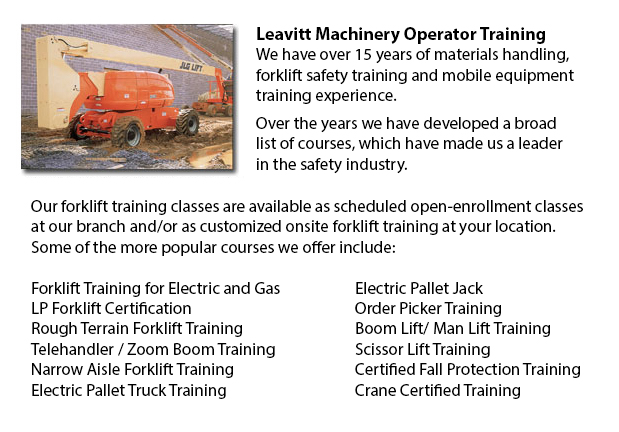
Boom Lift Certification Hamilton - Elevated work platforms allow maintenance operations and work to be performed at levels which can not be reached by any other way. Workers utilizing boom lifts and scissor lifts could be educated in the safe operation of these equipments by acquiring boom lift certification training.
Despite the variety in lift style, site conditions and applications, all lifts have the potential for serious injury or death when not safely operated. Electrocution, falls, crushed body parts, and tip-overs can be the terrible outcome of incorrect operating procedures.
In order to avoid aerial lift incidents, boom lift operators must be trained by workers who are qualified in safely operating the particular type of aerial lift they will be using. Aerial lifts should not be be altered without the express permission of the manufacturer or other recognized entity. If you are renting a lift, ensure that it is properly maintained. Before using, controls and safety devices have to be inspected to make certain they are correctly working.
Operational safety procedures are vital in avoiding accidents. Operators should not drive an aerial lift with an extended lift (even though some are designed to be driven with the lift extended). Always set brakes. Set outriggers, if available. Avoid slopes, but when needed utilize wheel chocks on slopes which do not go beyond the slope restrictions of the manufacturer. Follow manufacturer's weight and load restrictions. When standing on the platform of boom lifts, utilize a safety belt with a two-foot lanyard tied to the boom or basket or a full-body harness. Fall protection is not necessary for scissor lifts that have guardrails. Never climb or sit on guardrails.
This course includes the following topics: safety guidelines to prevent a tip-over; training and certification; inspecting the work area and travel path; slopes and surface conditions; other tips for maintaining stability; stability factors; leverage; weight capacity; pre-operational inspection; testing control functions; safe operating practices; mounting a motor vehicle; power lines and overhead obstacles; safe driving procedures; PPE and fall protection; using lanyards and harness; and avoid falling from platforms.
When successful, the trained worker would know the following: pre-operational check procedures; training and authorization procedures; factors affecting the stability of scissor and boom lifts; how to prevent tip-overs; how to use PPE, how to use the testing control functions and strategies to prevent falls.
-
Crane Training School Hamilton
Crane Training School Hamilton - We provide industry relevant programs in our crane training school. The course would provide our trainees with learning outcomes matching the current industry demands. Our small class sizes combine theory and hand-on... More -
Crane Ticket Hamilton
Crane Ticket Hamilton - The new kind of a crane can be either complex or simple, and cranes differ based on their application. Mobile cranes, for example are quite simple. A telescopic boom or steel truss mounts its movable platform. A system of pull... More -
Aerial Platform Training Hamilton
Aerial Platform Training Hamilton - Aerial forklifts can be utilized to accomplish many different duties executed in hard to reach aerial spaces. Many of the tasks associated with this type of lift include performing routine upkeep on buildings with... More -
Forklift Safety Training Hamilton
Forklift Safety Training Hamilton - People wanting work in businesses which utilize lift trucks have to undergo a forklift safety training course before becoming a certified operator of a forklift. There are several ways to go about acquiring forklif... More -
Aerial Lift Certification Hamilton
Aerial Lift Certification Hamilton - Aerial Lift Certification is for workers who require a thorough knowledge of aerial lift safety. Maintenance workers, construction craftsmen and supervisors require this training to ensure that operators and inspe... More -
Crane Safety Training Hamilton
Crane Safety Training Hamilton - Both crane operator and their employers need to know all the possible problems associated to the use of an overhead crane. All over North America, there is legislation which provides rules for the safe inspection, mai... More -
Telehandler License Hamilton
Telehandler License Hamilton - A telehandler or telescopic handler is an equipment that is frequently utilized in industrial and agricultural applications. It has the same appearance to a lift truck and even functions in a similar manner, even if, th... More -
Heavy Equipment License Hamilton
Heavy Equipment License Hamilton - Acquiring a heavy equipment license is mandatory to operate these large industrial machines. Certification could be obtained through a vocational school or private training. The license would allow the driver to ope... More

Forklift Training Hamilton
TOLL FREE: 1-888-254-6157
Hamilton, Ontario
forklifttraininghamilton.com
Email Us
About Us


